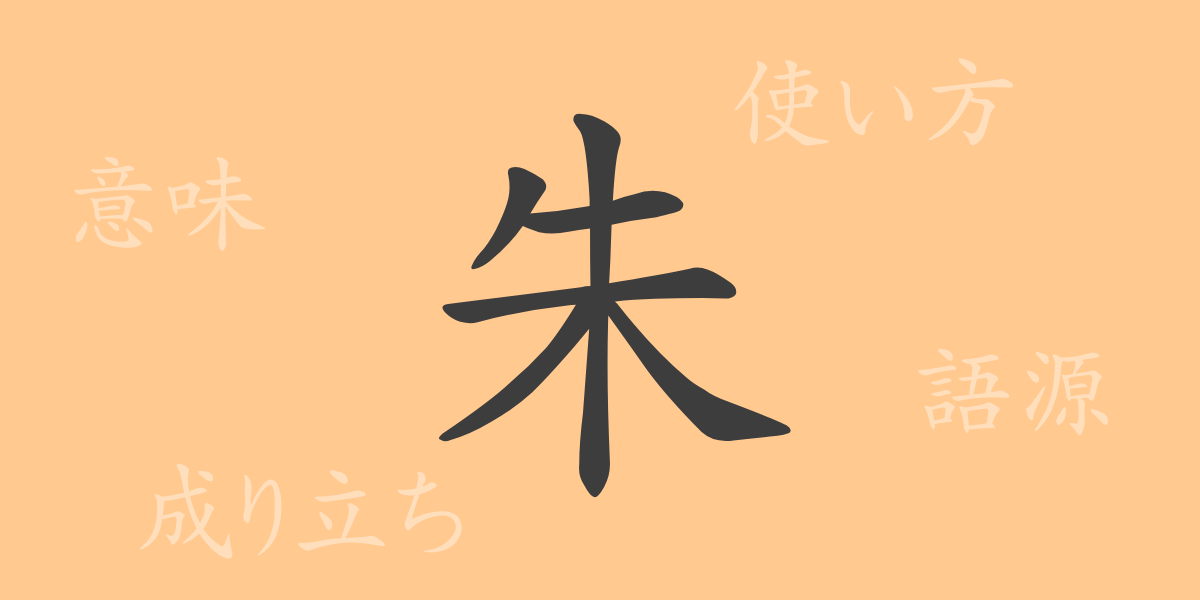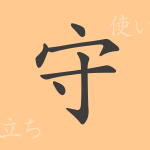The kanji deeply rooted in Japanese culture encapsulate history and meaning within each stroke. Among these, “朱(しゅ)” represents an essential element of Japan’s vibrant traditional aesthetics, used in many idioms and expressions. This article delves into the allure of the kanji “朱(しゅ),” exploring its origins, meanings, usage, and the idioms and proverbs associated with it. As you read on, you too may find yourself captivated by the deep red of “朱(しゅ).”
Origin of 朱(しゅ) (Etymology)
The kanji “朱(しゅ)” has ancient origins, tracing back to ancient China. Originally, it referred to a specific red pigment, which was also used in the red ink (朱肉(しゅにく)) for seals, thus coming to signify “vermilion” in the context of stamping. In Japan, vermilion has been cherished as a noble color, used in the garments of aristocrats and the architecture of temples and shrines.
Meanings and Usage of 朱(しゅ)
The kanji “朱(しゅ)” generally refers to a bright red color. This color symbolizes joy and celebration, often used in festive occasions such as weddings and ceremonies. In classical literature, phrases like “朱に交われば赤くなる(しゅにまじわればあかくなる)” are used to illustrate the influence of one’s environment, showing the multifaceted applications of this kanji.
Readings, Stroke Count, and Radical of 朱(しゅ)
The kanji “朱(しゅ)” is appreciated as a common kanji in Japanese due to its rich meanings and forms.
- Readings: The on’yomi (音読み) is “シュ,” and the kun’yomi (訓読み) is “あけ.”
- Stroke count: “朱(しゅ)” consists of 6 strokes.
- Radical: The radical is 木部(きへん), which represents “tree” or “wood.”
Idioms, Phrases, and Proverbs Using 朱(しゅ)
Numerous idioms, phrases, and proverbs in Japanese include “朱(しゅ).” For example, “朱に交われば赤くなる(しゅにまじわればあかくなる)” is a proverb that means people are influenced by their surroundings. Another example is “朱砂(しゅさ),” which refers to cinnabar, a naturally occurring mercury sulfide used as a pigment. These expressions reflect the Japanese sensitivity to language and symbolism.
Conclusion on 朱(しゅ)
The kanji “朱(しゅ)” is a captivating character, intertwining the beauty of its color with rich cultural significance. This ancient kanji continues to hold its value in modern Japanese, spanning literature, everyday conversation, and art. Through this article, we hope you have touched upon the allure of this deep red and discovered something new about its significance.

























